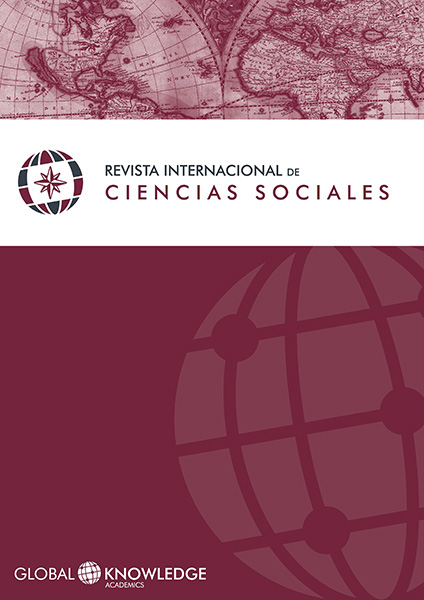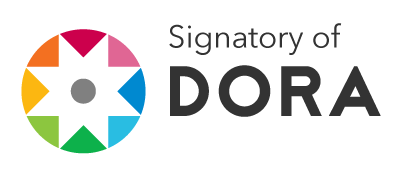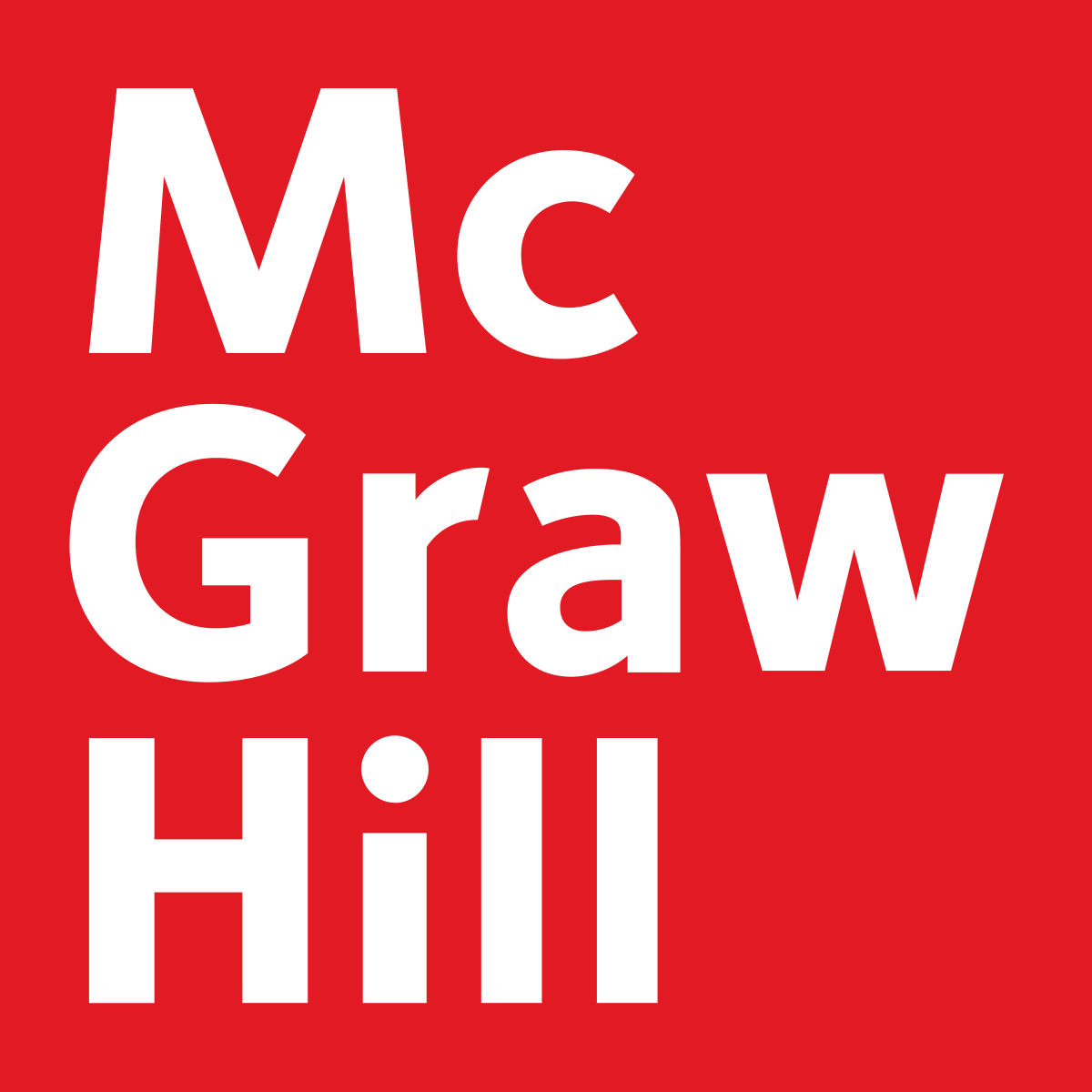Implementación del Cómputo Físico como un enfoque innovador de enseñanza de los fundamentos de programación
DOI:
https://doi.org/10.37467/gka-revsocial.v8.2224Palabras clave:
Ciencias Computacionales, BBC Micro:Bit, Cómputo Físico, Fundamentos de programaciónResumen
La enseñanza de la programación de aplicaciones es una actividad compleja por diversos factores, que van desde la enseñanza siguiendo los esquemas tradicionales, hasta la necesidad de memorizar aspectos específicos de los lenguajes de programación. Actualmente existe un enfoque conocido como Cómputo Físico para facilitar el aprendizaje de conceptos relacionados con las ciencias computacionales y la programación de aplicaciones de una manera innovadora, enfocándose en la creatividad de los productos generados. Esta investigación muestra los resultados de la implementación del Cómputo Físico para la enseñanza de los fundamentos de programación mediante un seminario aplicado utilizando la tarjeta BBC Micro:Bit.
Descargas
Estadísticas globales ℹ️
|
611
Visualizaciones
|
235
Descargas
|
|
846
Total
|
|
Citas
Ackermann, E. (2001). Piaget’s Constructivism , Papert’s Constructionism : What’s the difference ? Constructivism: Uses and Perspectives in Education, 1–11. https://doi.org/10.1.1.132.4253
Aguilar, L. (2008). Fundamentos de programación : algoritmos, estructuras de datos y objetos. España: McGraw-Hill/Interamericana.
Arduino. (2017). Introduction. Recuperado el 22 de mayo de 2018, a partir de https://www.arduino.cc/en/Guide/Introduction
Arshavskiy, M. (2014). Diseño Instruccional para Aprendizaje En Línea Guía Esencial Para La Creación De Cursos Exitosos De Educación En Línea. City: Createspace Independent Pub.
BBC. (2017). BBC micro:bit celebrates huge impact in first year, with 90% of students saying it helped show that anyone can code. Recuperado el 5 de enero de 2018, a partir de http://www.bbc.co.uk/mediacentre/latestnews/2017/microbit-first-year
Black, L. (2012). Google Blockly - A Graphical Language with Difference. Recuperado el 27 de octubre de 2017, a partir de http://www.i-programmer.info/news/98-languages/4357-google-blockly-a-graphical-language-with-a-difference.html
Butler, M., & Morgan, M. (2007). Learning challenges faced by novice programming students studying high level and low feedback concepts. En Proceedings of the 24th Ascilite Conference, 99–107.
Fuentes Pérez, A. D. (2017). Desarrollo y evaluación del pensamiento computacional: una propuesta metodológica y una herramienta de apoyo. Congreso Internacional sobre aprendizaje, innovación y competividad 2017. Universidad de La Laguna.
Gee, S. (2015). Visual Language Snap! Version 4.0 Released. Recuperado el 28 de septiembre de 2017, a partir de http://www.i-programmer.info/news/98-languages/8628-visual-language-snap-version-40-released.html
Gottfried, B. S. (1997). Teaching computer programming effectively using active learning. Age, 2(1), 1-8.
Guzmán, T. (2016). Sistema Multimodal de Educación. Recuperado el 20 de enero de 2019, a partir de https://www.uaq.mx/docsgrales/informatica/Sistema-Multimodal-de-educacion-UAQ.pdf
Halfacree, G. (2018). The official BBC Micro:bit user guide. Indianapolis, Ind: John Wiley and Sons, Inc. DOI: https://doi.org/10.1002/9781119413752
Hevner, A. R., March, S. T., Park, J., & Ram, S. (2004). Design science in information systems research. MIS Quarterly, 28(1), 75–105. https://doi.org/10.2307/25148869 DOI: https://doi.org/10.2307/25148625
Igoe, T. (2004). What Is Physical Computing? Recuperado el 9 de marzo de 2017, a partir de http://www.tigoe.com/blog/what-is-physical-computing/
Isong, B. (2014). A Methodology for Teaching Computer Programming: first year students’ perspective. International Journal of Modern Education and Computer Science, 6(9), 15–21. https://doi.org/10.5815/ijmecs.2014.09.03 DOI: https://doi.org/10.5815/ijmecs.2014.09.03
Jenkins, T. (2002). On the difficulty of learning to program. Proceedings of the 3rd Annual Conference of the LTSN Centre for Information and Computer Sciences, 4(2002), 53–58.
Lahtinen, E., Ala-Mutka, K., & Järvinen, H.-M. (2005). A study of the difficulties of novice programmers. ACM SIGCSE Bulletin, 37(3), 14-18. https://doi.org/10.1145/1151954.1067453 DOI: https://doi.org/10.1145/1151954.1067453
Monk, S. (2018). Programming the BBC micro:bit. New York: Mc Graw Hill Education.
Norton, P. (2006). Introducción a la computación (6a ed.). Editorial Mc Graw Hill.
O’Sullivan, D., & Igoe, T. (2004). Physical computing : sensing and controlling the physical world with computers. (Thomson, Ed.). Boston: Thomson.
Pérez Calderón, R. (2008). Una Herramienta y Técnica para la Enseñanza de la Programación. CICos, (11), 229-239.
Platt, C. (2009). Make: electronics : learning by discovery. Sebastopol, Calif: O’Reilly.
Pressman, R. (2010). Ingeniería del software: un enfoque práctico (7a ed.). México: McGraw-Hill.
Raspberry Pi Foundation. (2012-2017). What is a Raspberry Pi? Recuperado el 26 de mayo de 2018, a partir de https://www.raspberrypi.org/help/what- is-a-raspberry-pi/
Rubio, M. A., Mañoso, C., & Pérez, Á. (2013). Using arduino to enhance computer programming courses in science and engineering. En Proceedings of EDULEARN13 conference, 1–3.
Sentance, S., Waite, J., Hodges, S., MacLeod, E., & Yeomans, L. (2017). “Creating Cool Stuff”. Proceedings of the 2017 ACM SIGCSE Technical Symposium on Computer Science Education - SIGCSE ’17, (March), 531–536. https://doi.org/10.1145/3017680.3017749 DOI: https://doi.org/10.1145/3017680.3017749
Universidad Autónoma de Querétaro. (2017). Programación Avanzada. Recuperado el 23 de junio de 2018, a partir de http://uaqedvirtual.uaq.mx/campusvirtual/ingenieria/pluginfile.php/15494/mod_resource/content/11/Programacion Avanzada-230.pdf
Vera, E. E. (2017). Estrategias de aprendizaje autónomo para disminuir los índices de reprobación en la materia de Metodología de la Programación en la FCC de la BUAP en un sistema de E-Learning. Centro de Estudios Superiores en Educación.
Vidal, C. L., Cabezas, C., Parra, J. H., & López, L. P. (2015). Experiencias prácticas con el uso del lenguaje de programación scratch para desarrollar el pensamiento algorítmico de estudiantes en Chile. Formacion Universitaria, 8(4), 23–32. https://doi.org/10.4067/S0718-50062015000400004 DOI: https://doi.org/10.4067/S0718-50062015000400004
Zapata, C. A. (2013). Fundamentos de programación, guía de autoenseñanza. RA-MA Editorial.
Zapata-Ros, M. (2015). Pensamiento computacional: Una nueva alfabetización digital. Revista de Educación a Distancia (RED), 46(46), 1-47. https://doi.org/10.6018/red/46/4 DOI: https://doi.org/10.6018/red/46/4
Descargas
Publicado
Cómo citar
Número
Sección
Licencia
Los autores/as que publiquen en esta revista aceptan las siguientes condiciones:
- Los autores/as conservan los derechos de autor.
- Los autores/as ceden a la revista el derecho de la primera publicación. La revista también posee los derechos de edición.
- Todos los contenidos publicados se regulan mediante una Licencia Atribución/Reconocimiento-SinDerivados 4.0 Internacional. Acceda a la versión informativa y texto legal de la licencia. En virtud de ello, se permite a terceros utilizar lo publicado siempre que mencionen la autoría del trabajo y a la primera publicación en esta revista. Si transforma el material, no podrá distribuir el trabajo modificado.
- Los autores/as pueden realizar otros acuerdos contractuales independientes y adicionales para la distribución no exclusiva de la versión del artículo publicado en esta revista (p. ej., incluirlo en un repositorio institucional o publicarlo en un libro) siempre que indiquen claramente que el trabajo se publicó por primera vez en esta revista.
- Se permite y recomienda a los autores/as a publicar su trabajo en Internet (por ejemplo en páginas institucionales o personales), una vez publicado en la revista y citando a la misma ya que puede conducir a intercambios productivos y a una mayor y más rápida difusión del trabajo publicado (vea The Effect of Open Access).













